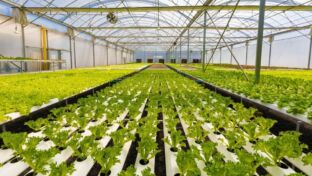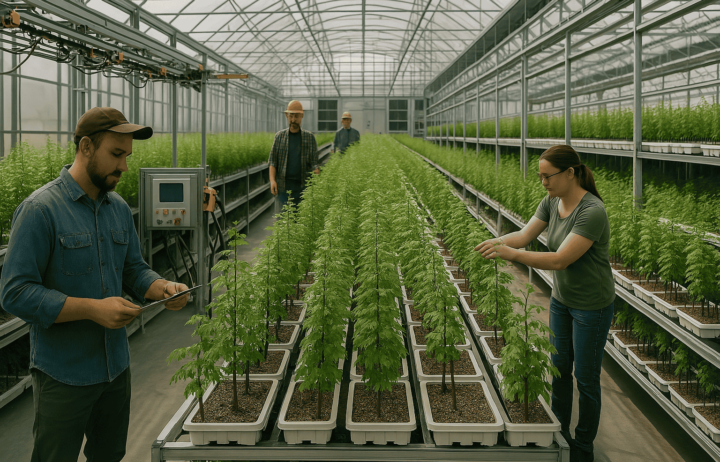
Food Security vs Food Sovereignty: Key Difference and Why It Matters
When talking about global food systems, food security and food sovereignty are often used interchangeably. These two concepts help shape policies and practices when promoting both sustainable food systems and community empowerment.
Understanding the key differences between the two is crucial as we continue the conversation of ensuring everyone has access to fresh, nutritious food.
What is Food Security?
“Food security is when all people, at all times, have physical, social, and economic access to sufficient, safe, and nutritious food to meet their dietary needs and food preferences for an active and healthy lifestyle.” – The Food and Agriculture Organization (FAO)
Simply put, food security is about making sure that food is available, accessible, and affordable to everyone. The concept of food security emphasizes the global supply chain in ensuring enough food is produced and distributed for the population.
- The emphasis of the food security model is to combat hunger and ensure enough quantity so that people around the world do not face hunger or malnutrition.
- The issue with the food security model is that it often prioritizes large-scale industrial agriculture and overlooks who controls the food system, how food is produced, and the significance of cultural foods for different communities.
What is Food Sovereignty?
“Food sovereignty is the right of peoples to healthy and culturally appropriate food produced through ecologically sound and sustainable methods, and their right to define their own food and agriculture systems.” – Food Secure Canada
The concept of food sovereignty was first articulated by La Via Campesina, an international movement of small-scale farmers and Indigenous people to emphasize the right of people and communities to protect their food systems. It has since become a central theme in discussions about sustainability.
- The emphasis of the food sovereignty model is on the importance of local control over food production, cultural relevance, and empowering people to decide how their food is produced and consumed.
- The issue with the food sovereignty approach is that it can limit efficiency, increase costs, and make it harder to meet global food demands and address large-scale crises.
Understanding the Differences Between Food Security and Food Sovereignty
Global vs Local Food Production & Distribution
The global approach of food security often means food is produced wherever it is cheapest and most efficient, then distributed to meet demand. This typically involves long supply chains, industrial farming, and international imports. On the other hand, food sovereignty promotes a localized food system that prioritizes self-sufficiency, sustainability, and fresh, nutrient-dense food.
Access to Food vs Control of Production & Distribution
While food security is concerned with ensuring access to enough food as a global entity, food sovereignty emphasizes that people should have a say in how food is produced and distributed.
Large-Scale Agriculture vs Local Sustainable Practices
Industrial farming helps meet the global demand for food, but often at the expense of environmental health, biodiversity, and small-scale farmers. Food sovereignty supports sustainable farming practices, such as indoor farming, that respect the environment and empower local communities.
Cultural Considerations
In a food security model, government policies, international trade agreements, and multinational corporations pursue top-down solutions. This approach does not consider the cultural significance of food. On the contrary, food sovereignty recognizes that food is not just a commodity but a part of people’s heritage and identity. This approach prioritizes the importance of culturally appropriate food and local practices.
Empowering Local Communities With a Choice
While food security remains an essential overarching goal, we must also address the broader issues of who controls food production and how localized food systems impact communities. Food sovereignty challenges the existing power structures that control global food systems and gives local communities a more sustainable alternative.
Communities seeking food sovereignty are advocating for their right to shape their food system, one where local bodies – not corporations – produce food in ways that are healthy for both people and the planet.
As we face climate change and environmental challenges, food sovereignty takes it a step further by advocating for local control, sustainability, and respect for people’s culture in how we produce, distribute, and consume food.








